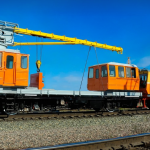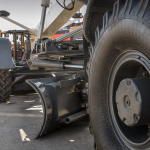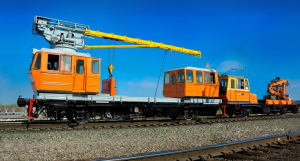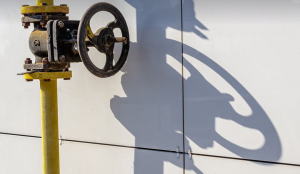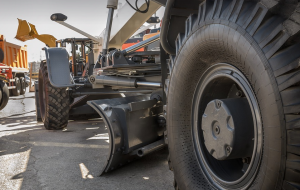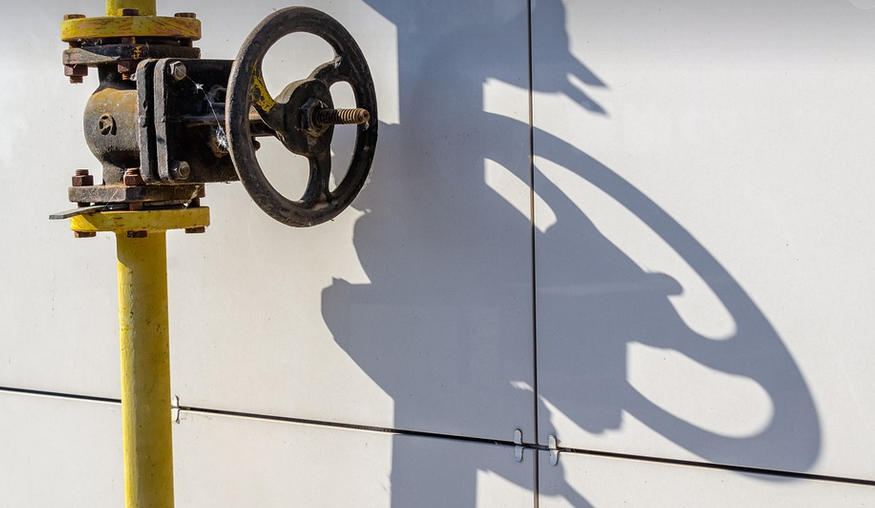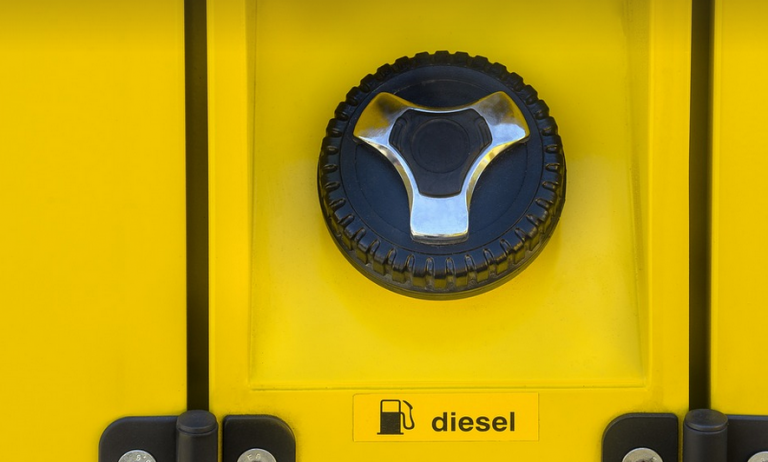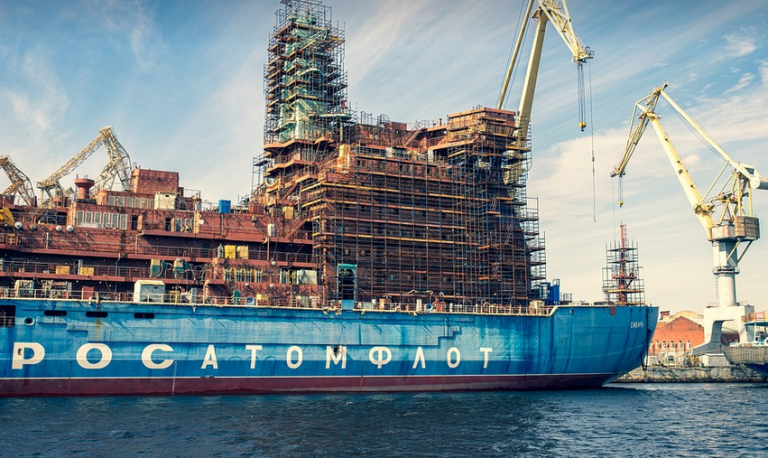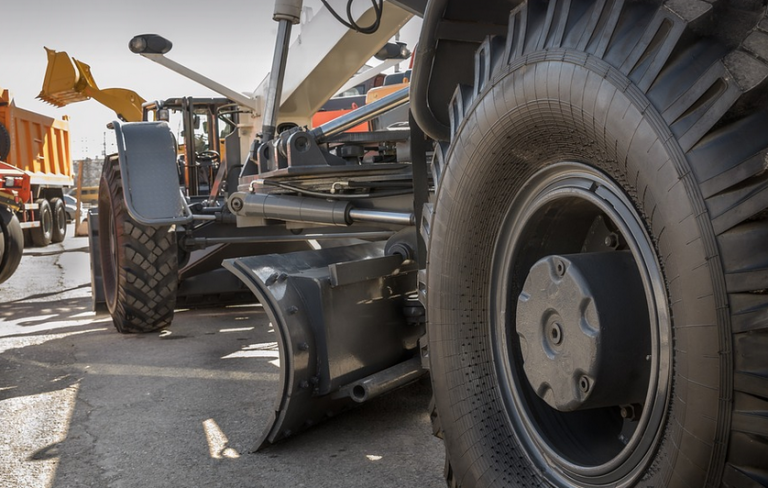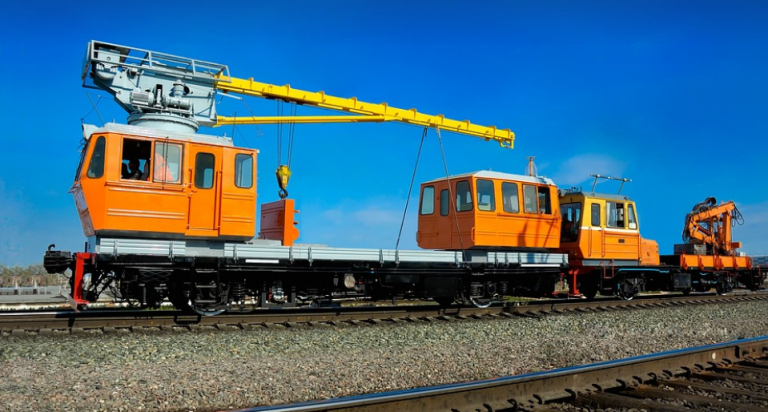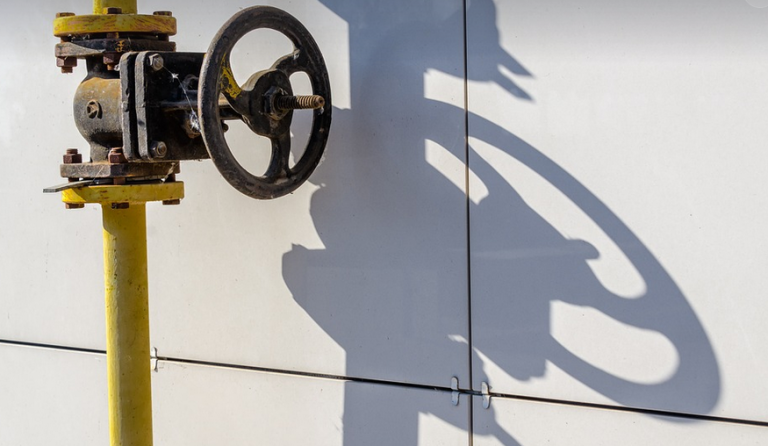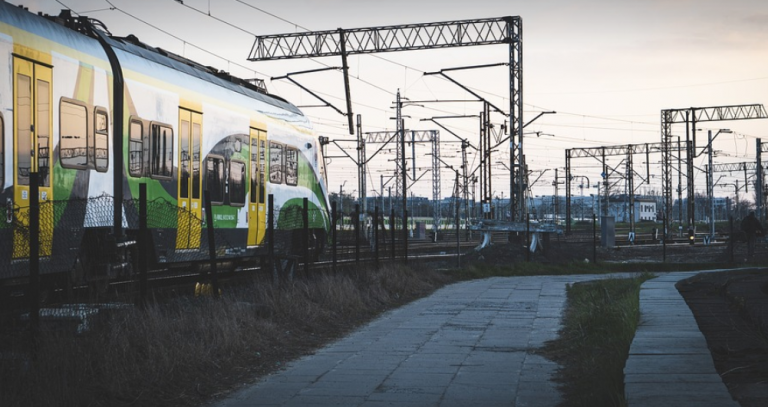Unlocking the Power of Detailed Plans
Welding projects, whether they’re personal creations or professional endeavors, can be incredibly rewarding endeavors. But just like any successful venture, a solid plan is essential. While creativity and inspiration are key, crafting detailed blueprints can significantly amplify your welding projects’ potential.
Imagine this: you have an amazing vision for a unique metal sculpture, a custom outdoor fire pit, or even a powerful steel framework for your garage. These ideas are already fantastic, but without a blueprint to guide you through the process, they might end up more like abstract doodles than tangible masterpieces.
A blueprint goes beyond just a rough sketch; it’s a comprehensive roadmap that translates your imagination into reality. It provides clear and precise instructions on how to assemble your project, considering various factors such as material selection, welding techniques, and even safety precautions.
Let’s delve into the components that make a blueprint for welding projects truly effective:
1. Defining Your Vision: Sketching It Out
The first step is to define your project precisely. This involves brainstorming, sketching out rough ideas, and establishing specific goals. A clear understanding of what you want to achieve will guide the entire blueprint process.
Start by considering the overall form and function of your project. For a custom fire pit, envision its size, shape, material composition, and desired aesthetic. Do you need it for cooking or just general ambiance? These details will be instrumental in shaping the subsequent steps.
Don’t limit yourself to just visual sketches; consider using 3D modeling tools to visualize the project from multiple angles. This can help immensely when working with complex designs and ensuring that everything aligns correctly.
As you gather inspiration, explore different welding techniques and styles. Research specific metals like steel, aluminum, or copper, and understand how their properties influence your project’s design choices.
2. Technical Detailing: The Blueprint’s Backbone
Now that you have a visual idea of your project, it’s time to dive into the technical aspects. This is where your blueprint truly shines – it’s not just about aesthetics; it’s about precision.
The blueprint should include:
* **Detailed Material Lists:** A comprehensive list of all materials needed for your project, including measurements and specifications. This might include specific metal thicknesses, welding rods, shielding gases, and other necessary components. * **Welding Techniques & Patterns:** Map out the most efficient welding patterns for each section. Are you using MIG, TIG, or stick? Do you need to use special techniques like weaving or fillet welding? Your blueprint should clearly outline these details.
* **Assembly Sequence:** A step-by-step guide on how your project is assembled will simplify the welding process. This might involve a precise diagram detailing where each section connects, what angle to start at, and any specific joint types like butt, lap, or corner welds.
* **Safety Precautions & Welding Procedures:** You’ll need to include guidelines for safe welding practices. For example, the blueprint should specify proper ventilation, eye protection, fire safety measures, and other essential precautions.
* **Material Thickness Chart:** Indicate the thickness of each component for accurate calculations if needed. This will help you in understanding material required for specific sections of your project.
3. Putting it All Together: Collaboration & Refinement
It’s not just about creating blueprints; it’s about fostering collaboration and refining the vision based on feedback.
Share your blueprint with others – fellow welders, friends, or even family members who can offer valuable insights and constructive criticism. This collaborative process helps identify potential issues before they become major roadblocks mid-project. You might find new approaches to welding techniques or discover a more efficient way of assembling the structure.
After receiving feedback, refine your blueprint accordingly. This iterative process ensures that every detail is addressed effectively, contributing to a successful and seamless welding experience.
The final step involves incorporating any additional details, modifications, or special instructions into the blueprint. For instance, if you’re building a custom swing set for a child, it might be wise to include specific safety guidelines regarding load limits and appropriate weld techniques for different sections of the structure.
4. The Power of Blueprints: Beyond Welding
The blueprints are not just for the welding process; they can offer invaluable insights for future projects. Think about it – your blueprint becomes a living document that guides you through future creations. You can use this blueprint to make modifications, expand upon existing designs, or even create entirely new ideas based on your experience.
As you continue to work with blueprints and tackle different projects, you’ll develop expertise in welding techniques and material selection. The process will become more intuitive, allowing you to tackle complex projects with greater confidence and efficiency.
Over time, the blueprints you create can evolve into valuable resources for future generations – a legacy of your welding journey that transcends individual projects.
